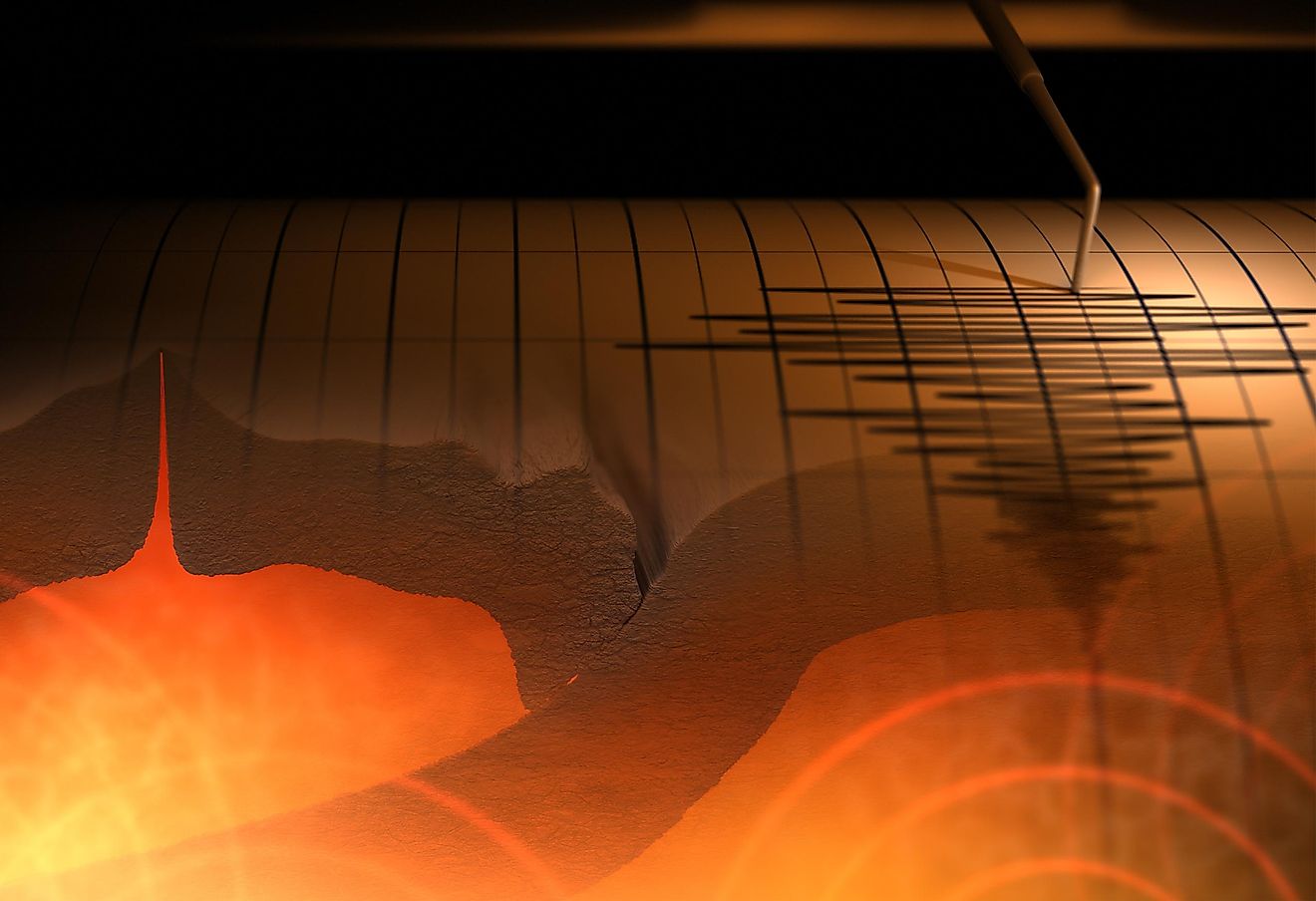What Would Happen If A Tectonic Plate Broke?

- The main reason why tectonic plates can break is earthquakes.
- Tectonic plates are made up of the crust of our planet and its upper mantle.
- The reach of the rupture in the plate that happened during the earthquake in Mexico was 47 miles.
In a way, tectonic plates hold our planet together. Imagining what could happen if they started breaking might fill us with fear. However, there is no reason for panic, at least not yet. The breaking of a tectonic plate did happen, and while it came as a huge shock, the world continued functioning normally.
The main reason why tectonic plates can break is earthquakes. Of course, it takes an especially powerful earthquake to achieve this. The last one happened in 2017 in Mexico, and the earthquake in question was 8.2 in magnitude. Read on to discover how exactly tectonic plates break, and what happens once they do.
The Earthquake In Mexico
When this earthquake struck Mexico, many people were killed and injured. However, what made it different from the rest is the fact that a tectonic plate broke. The tectonic plate was actually responsible for the earthquake, and it is 37 miles thick. During the earthquake, large amounts of energy were released and during those several seconds, the plate split apart. Scientists determined that the force of the earthquake managed to break through the entire width of the tectonic plate. This was not the first thing this happened, and it is important to note that earthquakes of this magnitude always have an unclear source.
It is hard to determine how exactly they occur. If they start happening near coasts with the same magnitude, they could cause irreparable damage. To better understand why these earthquakes are important, we need to explore how tectonic plates function. They are made up of the crust of our planet and its upper mantle. They move around the surface of our planet in different ways, either towards each other, away from each other, or by grinding side by side. They form many things while moving, for example, mountains get formed when tectonic plates move towards each other.
Faults That Reach Deep Underground
Earthquakes mostly appear during the boundaries of tectonic plates, but this is not always so. Sometimes they can appear far from the boundaries. Most of the time this happens when one plate gets pushed under the other into the lower mantle. These earthquakes are called the intraslab earthquakes. These earthquakes are not that uncommon, but they mostly happen at lower magnitudes. However, it is not always so. At times, they can be stronger, and they mostly appear on faults that happen during the movement of the plates.
These quakes still haven’t been explored to the degree that would give us enough knowledge about them. They happen in depths that can’t be easily reached, especially not with the equipment that is currently available to us. Geoscientists are struggling with these earthquakes and their consequences. This is why the fact that they can break tectonic plates is frightening. We simply can’t examine what could happen exactly.
The Lack Of Water
This earthquake is an example where things happened differently than before, and it caused even more confusion. The faults that caused this earthquake happened in extremely deep parts of the tectonic plate. The reach of the rupture in the plate was 47 miles. The temperature in those depths is much higher than usual, which allows the rocky materials to break more easily.
If this starts happening more often it could be quite dangerous. Scientists believe the main reason why the plate broke, however, was the water, or lack of it. The heat causes the plate to dehydrate, and since it is usually underwater, dehydration causes weaknesses and it breaks more easily. The reason why it is extremely important to explore this further is that these types of faults and earthquakes can create huge tsunamis, and that is a huge danger for a large part of humanity.







